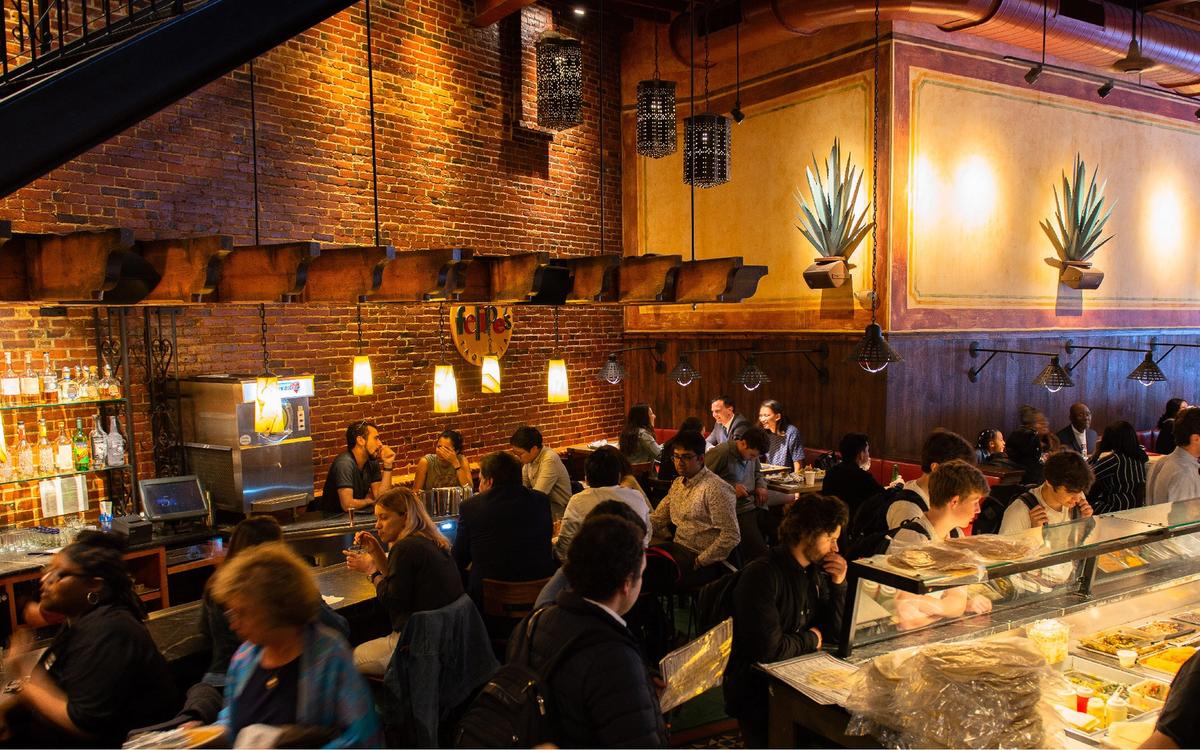
Battle of the Burritos: Analyzing Reviews of El Jefe’s and Felipe’s
How do two of the most popular restaurants in Harvard Square really compare?
Introduction
The historic Harvard Square is home to many diverse restaurants—and many more hungry students. Of the bunch, students are often drawn to local fast-casual Mexican restaurants, lauded for being relatively inexpensive and quick to grab. Of them all, two restaurants are the most divisive, and the mere mention of either elicits strong reactions from their supporters and naysayers. As such, by analyzing reviews of both restaurants, we hope to settle the ultimate Harvard food debate once and for all: which is better, Felipe’s Taqueria or El Jefe’s Taqueria?
Established in 2015, El Jefe’s Taqueria is open 7 days a week from 8 A.M. to 4 A.M., making them open a whopping 140 hours of operation a week. Their price rating on Yelp is only one dollar sign, meaning that they are in the least expensive category of restaurants, and have 4.2 stars on Google Reviews.
Meanwhile, Felipe’s Taqueria was established in 2004 and is open from 7 A.M. to 12 A.M. from Sunday through Wednesday and 7 A.M to 2 A.M. from Thursday through Saturday, bringing them to 125 hours of operation per week. Their Yelp price rating is 2 dollar signs, and they are rated 4.4 stars on Google Reviews. But what does the data actually show?
Methodology
To see what the people have to say, we analyzed Google Reviews for each restaurant. We scraped the star rating, text, and date of posting from the past 3 years of reviews of each restaurant for our analysis. Due to constraints, textual analysis only includes the first few sentences of each text review.
Rating Analysis
We first found that Felipe’s (yellow) was decisively more popular than El Jefe’s (red) in terms of reviews on Google. As shown by Figure 1, Felipe’s has consistently boasted a greater number of reviews for over 2 years now, with the gap between them only growing with time. But what are these reviews saying?
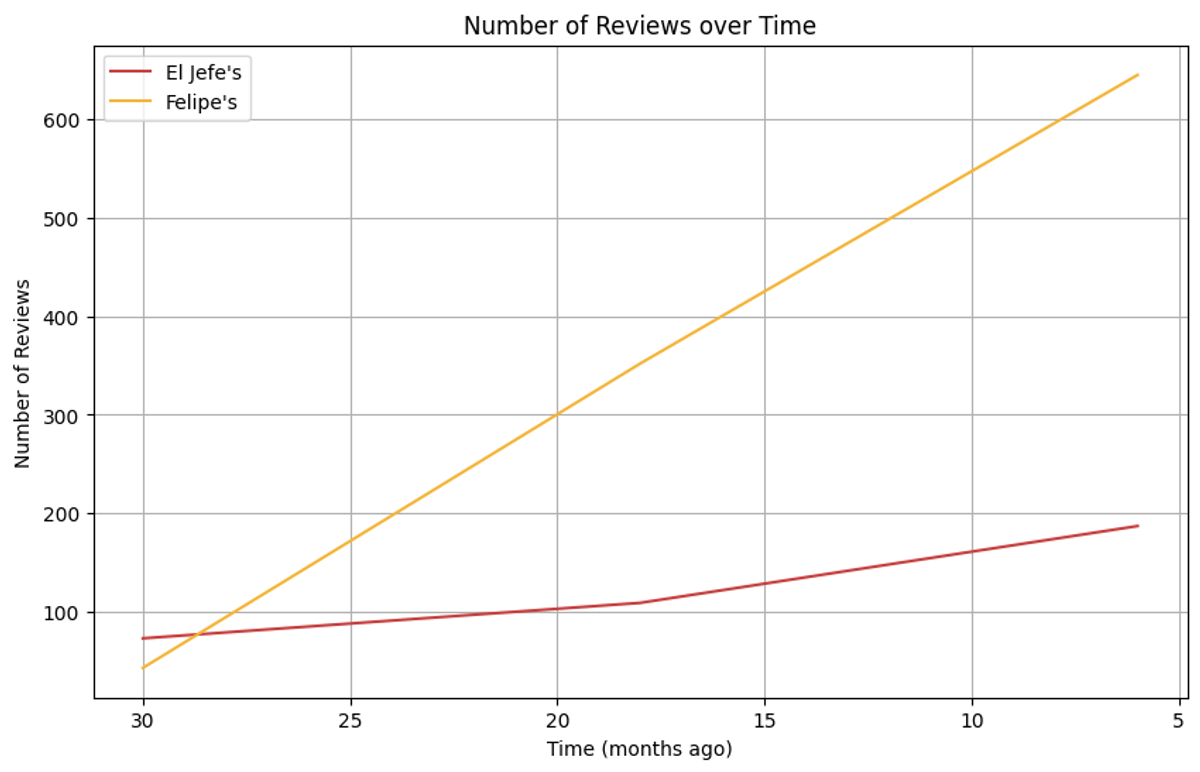 Figure 1: Line graph showing the number of reviews for each restaurant over time
Figure 1: Line graph showing the number of reviews for each restaurant over timeInterestingly, we found that Felipe’s (yellow) was marginally more polarizing than El Jefe’s (blue); as shown by Figure 2, it had a higher proportion of reviews with either 1-star or 5-stars.
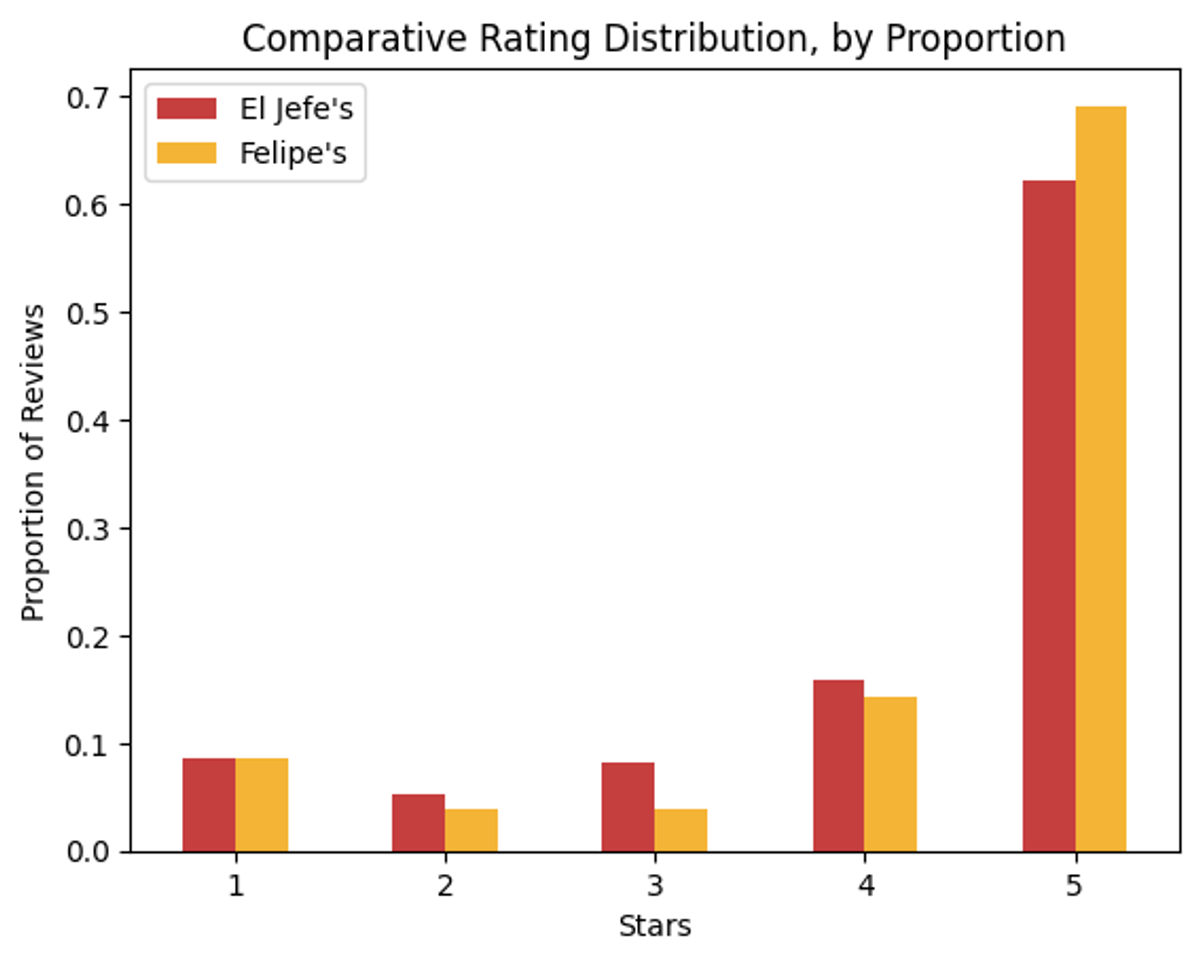 Figure 2: Star distribution of reviews, by proportion
Figure 2: Star distribution of reviews, by proportionHowever, this only compares star ratings. After using Python’s Natural Language Toolkit to analyze the tone of comments left by reviewers, we found that most of the reviews for both restaurants were neutral. The toolkit performs sentiment analysis by classifying words as positive, neutral, or negative. A word like “bad,” for example, would be classified as negative. However, as shown by Figure 3, Felipe’s had a higher proportion of reviews with generally positive sentiment.
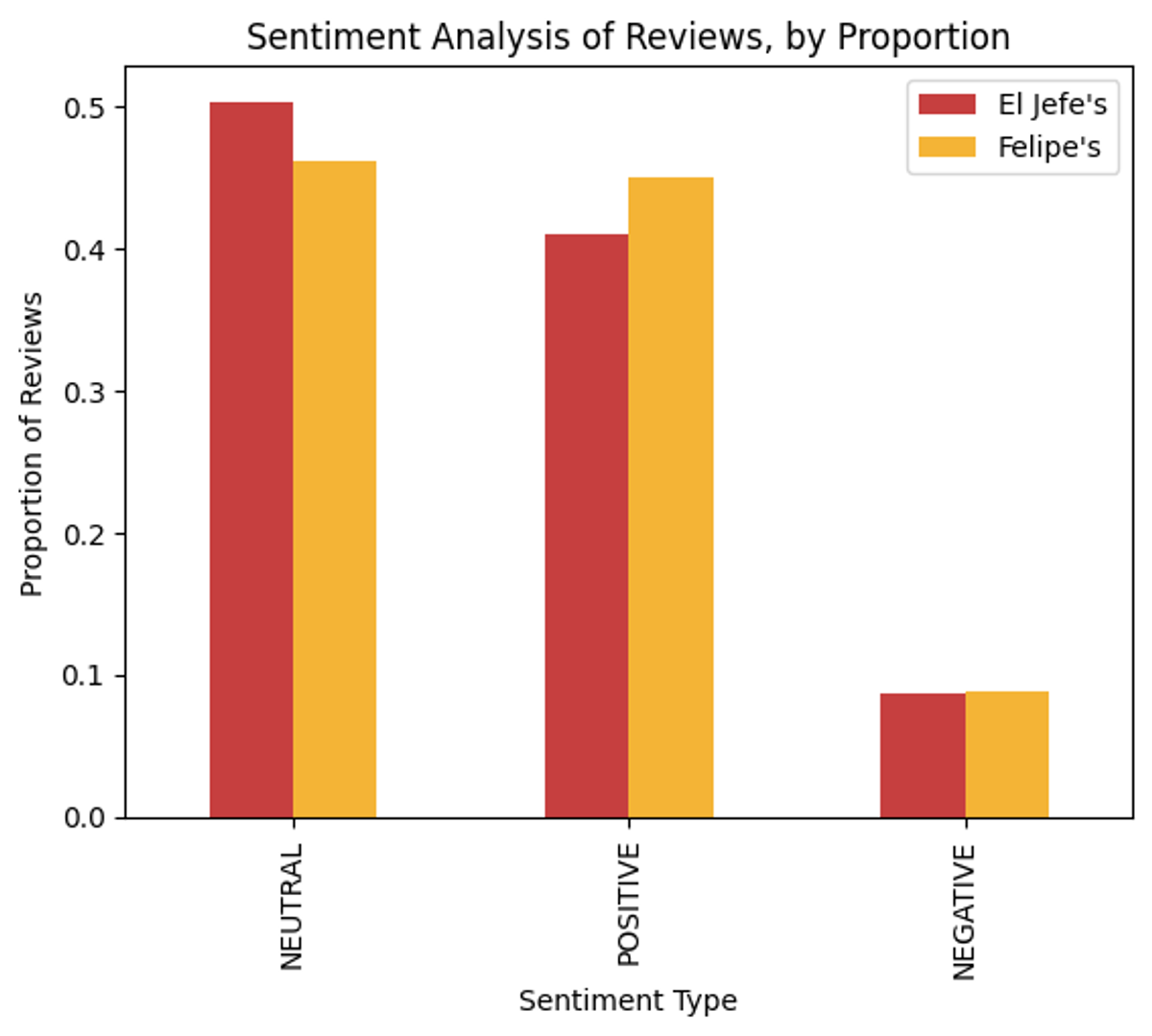 Figure 3: Bar graph comparing sentiment analysis of each restaurants' reviews, by proportion
Figure 3: Bar graph comparing sentiment analysis of each restaurants' reviews, by proportionLinguistic Analysis
Sentiment aside, what are these comments actually saying? The following word cloud, Figure 4, visualizes the most frequently used words in reviews for Felipe’s. The most common words like “food,” “place,” “great,” and “good” are given the greatest size. A close analysis of the smaller words like “atmosphere,” “ambience,” “bar,” and “rooftop bar” reveals how the overall environment of Felipe’s played a factor in some reviews.
 Figure 4: Word cloud for Felipe’s showing the most popular words in reviews
Figure 4: Word cloud for Felipe’s showing the most popular words in reviewsIn comparison, the following word cloud, Figure 5, visualizes the most frequently used words in reviews for El Jefe’s. Aside from the (expected) similarities like “food,” “place,” “great,” and “good,” it is interesting to note that the word “order” appears more frequently here.
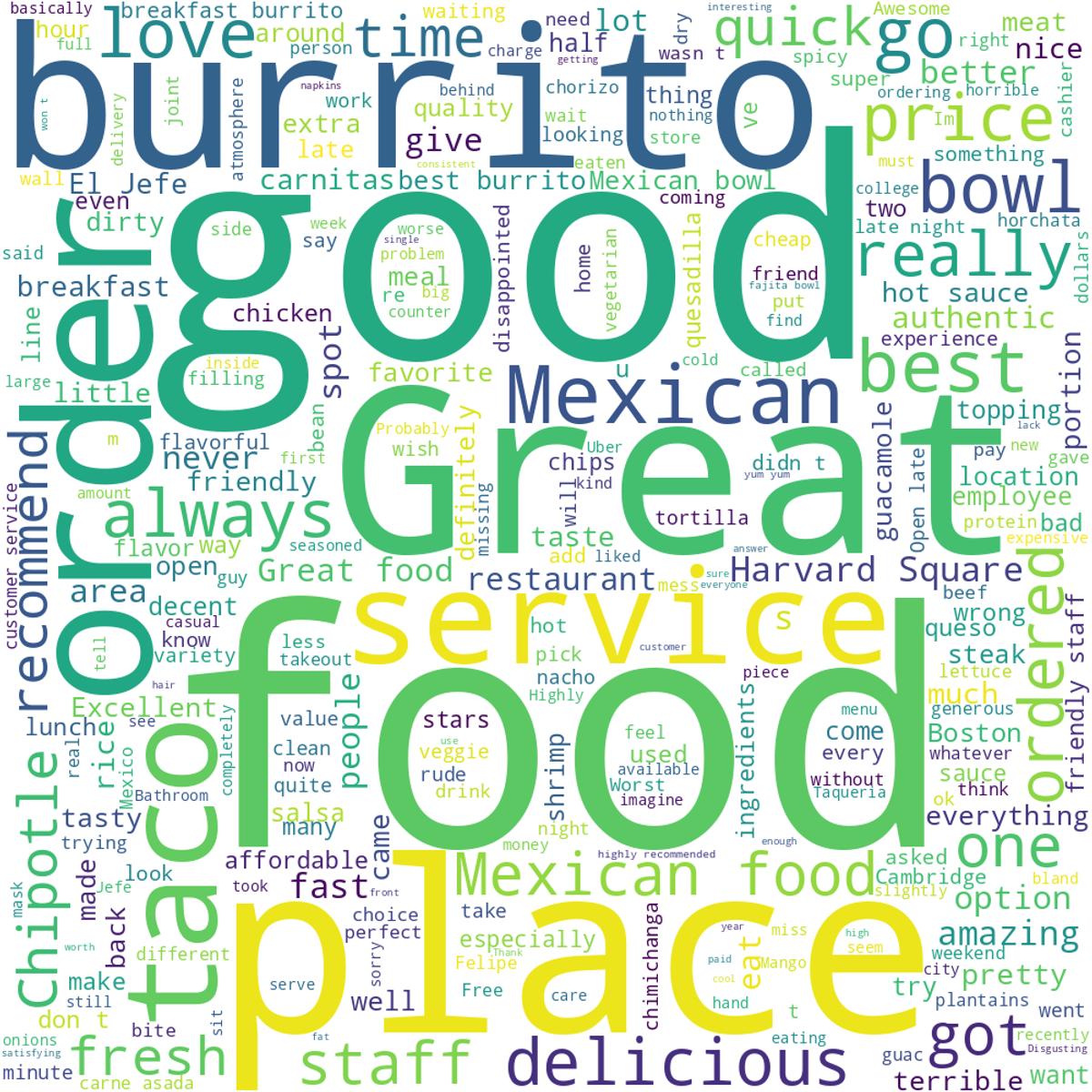 Figure 5: Word cloud for El Jefe’s showing the most popular words in reviews
Figure 5: Word cloud for El Jefe’s showing the most popular words in reviewsIt can be reasoned that many reviewers regard Felipe’s more for its ambience, bar, and overall “dine-in” experience—whereas El Jefe’s is more revered for its food. Supporting this hypothesis is the fact that El Jefe’s, which closes at 4 AM every day, stays open later than Felipe’s.
After sorting these word clouds to contain only adjectives in Figures 6 and 7, we found that both restaurants, again, share many similarities.
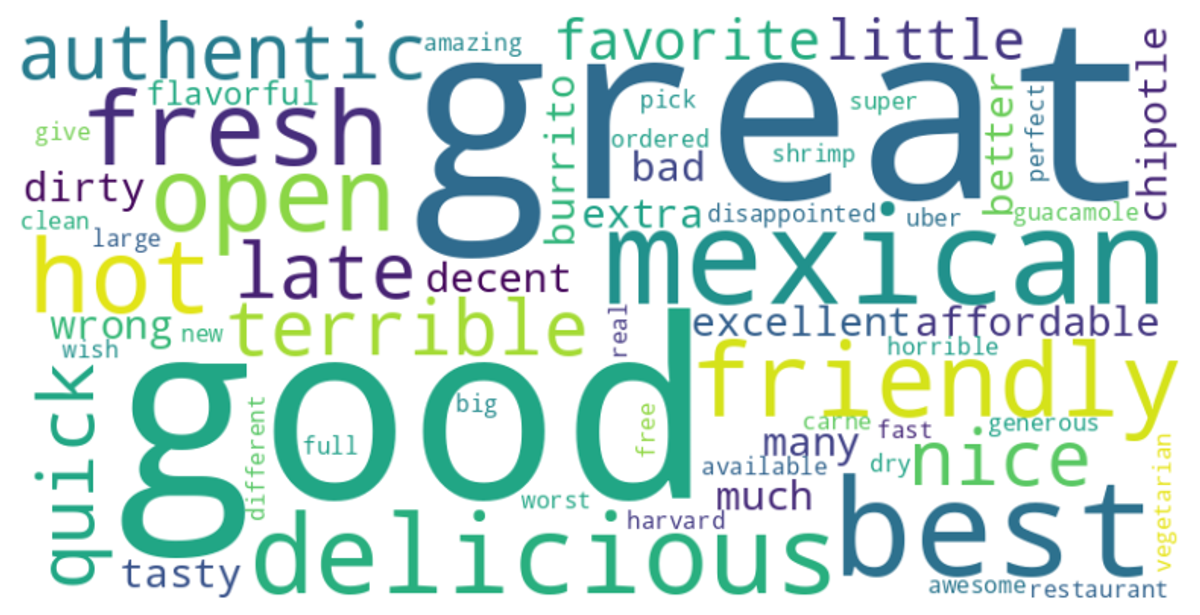 Figure 6: Word cloud for El Jefe’s showing the most popular words in reviews, sorted for adjectives
Figure 6: Word cloud for El Jefe’s showing the most popular words in reviews, sorted for adjectives Figure 7: Word cloud for Felipe’s showing the most popular words in reviews, sorted for adjectives
Figure 7: Word cloud for Felipe’s showing the most popular words in reviews, sorted for adjectivesAspect Analysis
We also wanted to see how often people mentioned three important subjects in their reviews: waiting time, staff behavior, and cleanliness. We analyzed these topics by grouping keywords related to each.
For waiting time, key terms were “clean,” “dirty,” “hygienic,” “messy,” “spotless,” and “sanitary.” For staff behavior, key terms were “staff,” “service,” “waiter,” “waitress,” “attentive,” “rude,” and “friendly.” For cleanliness, key terms were “clean,” “dirty,” “hygienic,” “messy,” “spotless,” “sanitary.”
As Figure 8 illustrates, both waiting time and staff behavior were more present in the reviews for Felipe’s, but cleanliness was a bigger topic of discussion in reviews of El Jefe’s.
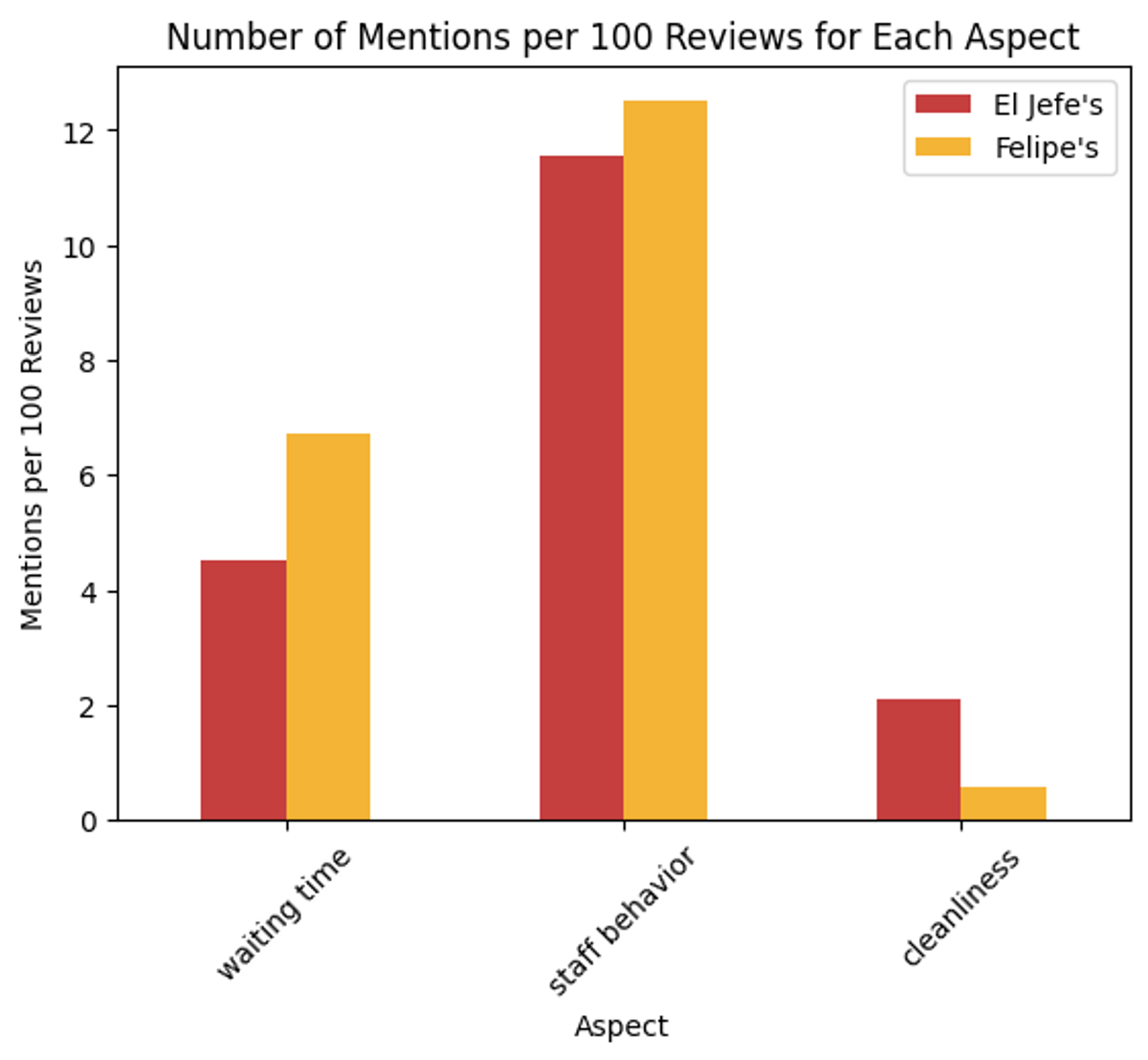 Figure 8: Bar graph showing the frequency of quality aspect-related key terms per restaurant
Figure 8: Bar graph showing the frequency of quality aspect-related key terms per restaurant
Again using Python’s Natural Language Toolkit, we analyzed the sentiment of sentences containing these key terms. With a scale from -1 (most negative) to 1 (most positive), we found that on average, Felipe’s had significantly more positively-worded reviews regarding wait time (a shorter wait), but slightly less positive reviews about staff behavior than El Jefe’s (Figure 9). Among all the analyzed aspects at the two restaurants, the only category where related reviews were negative on average was regarding cleanliness at El Jefe’s.
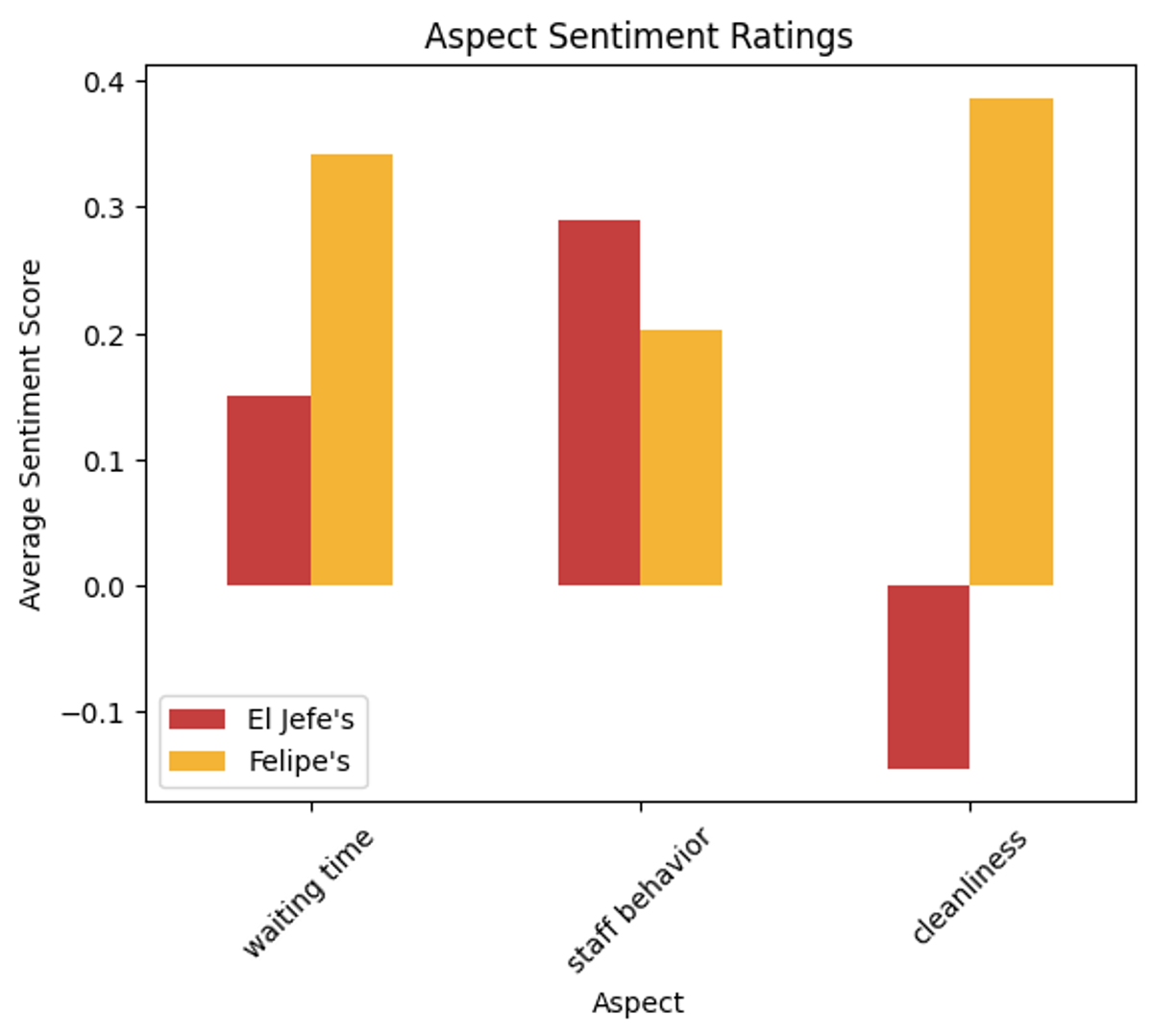 Figure 9: Bar graph showing sentiment rating for quality aspects per restaurant
Figure 9: Bar graph showing sentiment rating for quality aspects per restaurantFinancial Analysis
Cost is top of mind for most college students, so which is actually the best bang for your buck? We compared items that are on the menu at both restaurants. On average, items at El Jefe's are $0.545 dollars more expensive than the same items at Felipe's. The price disparity is particularly large for popular entrée items like burritos, bowls, and quesadillas.
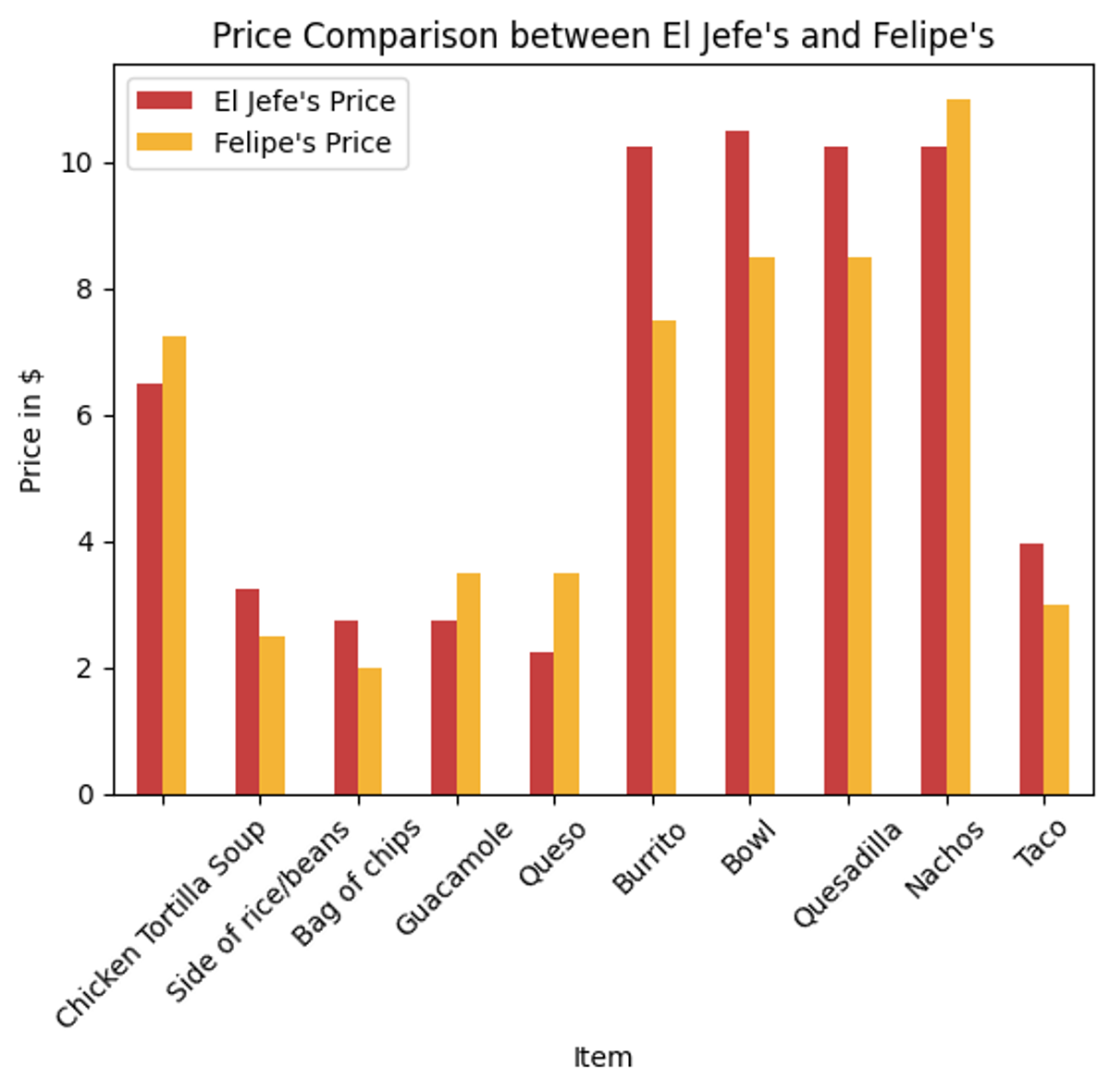 Figure 10: Grouped bar chart comparing prices of popular menu items at each restaurant
Figure 10: Grouped bar chart comparing prices of popular menu items at each restaurantConclusion
Felipe’s Taqueria and El Jefe’s Taqueria share many similarities, which are reflected by their reviews. Nonetheless, they have some notable differences. Want quick, clean, cheap, and popular? Head to Felipe’s. Looking for friendly staff, a less packed environment, and food for the latest of study sessions? El Jefe’s is your place. Better yet, try them out yourself to form your own opinion—and if you do, consider leaving a review!
This project utilizes 3 years of Google Reviews data from each restaurant. The dataset included how long each review was posted, each review’s star rating, and the first sentences of corresponding text reviews. Our datasets are available here (El Jefe’s Taqueria, Felipe’s Taqueria) and all visualization code is available here.
